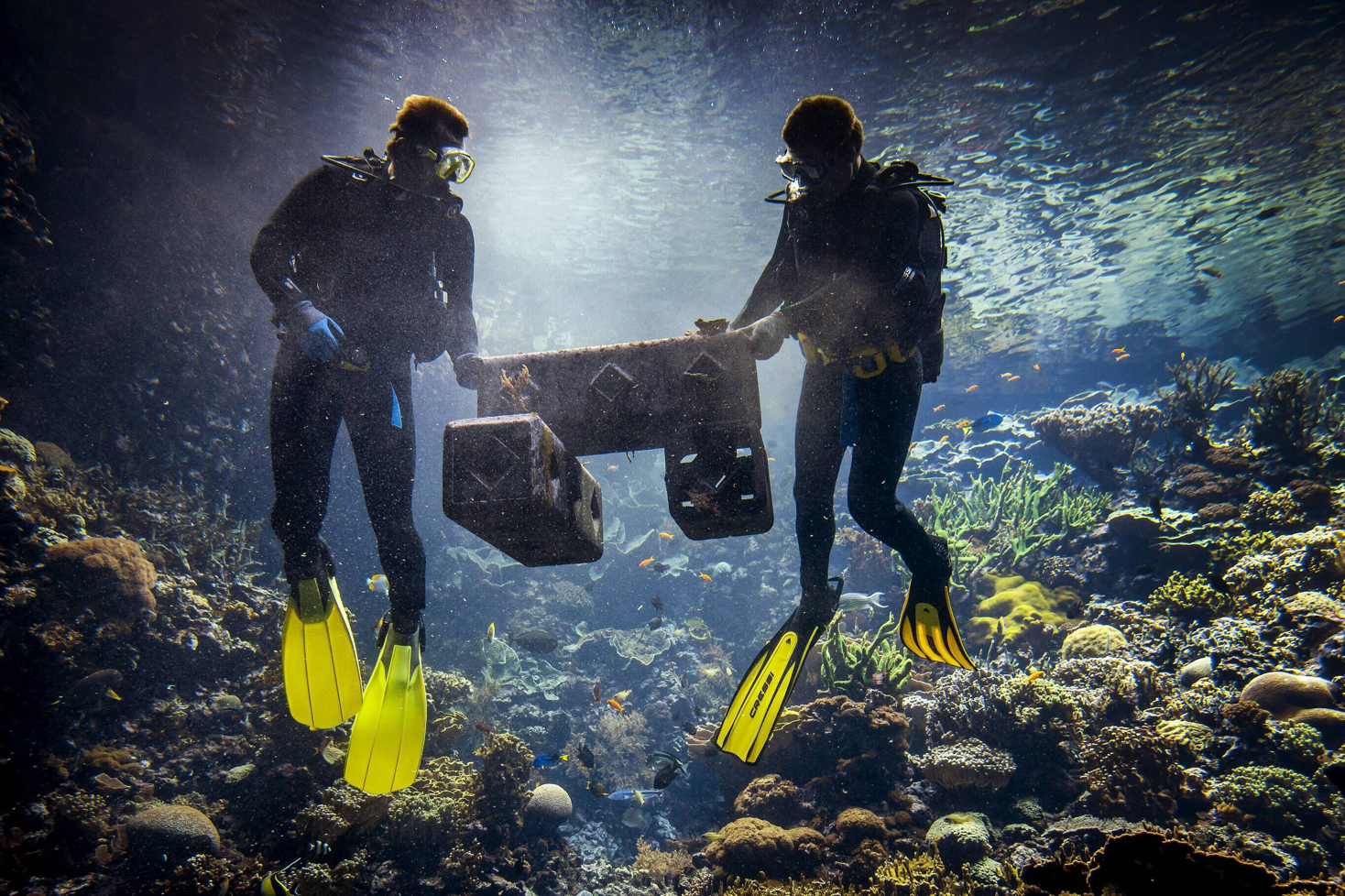Standing before Notre Dame’s soaring walls can inspire even the most jaded observer. This “symphony in stone,” as Victor Hugo called it, rises more than 10 stories high atop dozens of limestone pillars mean to inspire the faithful.
Like many of the cathedrals of the Middle Ages, it was the work of generations, built by skilled, paid laborers. A stonecutter laying its foundation could reasonably expect his great-great-grandson to put the finishing touches on the steeple more than a century later.
In our fight againstclimate change, we need great works like Notre Dame, says Anthony Leiserowitz, director of the Yale Program on Climate Change Communication.
It’s easy to lose hope after a year like the last one, which sawAmazonian drought, rampant deforestation, coral reef die-offs and the hottest recorded year on Earth. But reversing this will not be the job of a single generation. It will take many decades, if not centuries, of what Leiserowitz called “cathedral projects.”
“The climate needs big, public, audacious goals that everyone can contribute to,” he argues. “Cathedrals were not completed in the lifetime of anyone starting them, but communities bought into these projects.”
Everything from rebuilding coral reefs and reforesting the Amazon to repowering the world’s energy system and capturing gigatons of carbon dioxide could be thecathedrals of our time.We shouldconvey them as bold, transcendent projects forthe collective good thatencompass generations — not in the dry, dense language of technical climate reports.
Here’s what it would take to build the cathedrals of our climate future.
How to tell time in the climate change era
It would be hard to find a more mismatched problem for our psychology and institutions than climate change. Decision-making in our own lives is often measured in years. For governments and companies, it’s even more truncated by election cycles or quarterly earnings reports.
David Brower, former director of the Sierra Club and one of the most influential figures of the U.S. environmental moment, compared this shortsightedness to something like madness.
In an oft-used analogy, Brower compared the last 4 billion years of Earth’s existence to six days of creation. On this time scale, life on Earth would have evolved around 4 p.m. on a Tuesday. Plants and animals emerged from the oceans over the subsequent days. Dinosaurs appeared late Saturday, and redwoods took root a few hours later. A few minutes before midnight on Saturday, humanity debuted. The Industrial Revolution kicked off just a fraction of a second before the clock struck 12.
Yet many of us act as if life on Earth will continue as it has within our lifetime. “We are surrounded with people that think what we have been doing for that one-fortieth of a second can go on indefinitely,” Brower is quoted as saying. “They are considered normal, but they are stark raving mad.”
The most popular and interesting stories of the day to keep you in the know. In your inbox, every day.
Whether you agree with Brower or not, you don’t need to look far to see how our actions today are changing the course of the planet, and humanity, for centuries. It will take 1,000 years for a molecule of CO2 from burning fossil fuels today to be deposited back in geological reserves. Even if we do stop carbon emissions tomorrow, it will take decades for the heating to slow as the Earth’s oceans and atmosphere reach equilibrium. Some effects — ocean acidification, melting ice, and some sea level rise — are already essentially irreversible.
It’s time to start planning for the next thousand years.
What it takes to build a climate cathedral
The good news is that despite the scope and technological complexity of what we need to do to reverse damage done and prevent more, it isn’t technically or financially out of reach.
The International Energy Agency estimates decarbonizing our energy system by 2050 will cost about 2 percent of annual global GDP in additional spending. The world has already invested billions of dollarsto improve carbon-reducing technologies — dramatic enhancements to batteries, clean hydrogen, biofuels and carbon removal — although more is needed.
Still, globally, we have not yet mobilized society around climate solutions the way cities once rallied around cathedrals. The U.S. has only started to build a national network of electric vehicle charging stations, something China is much closer to completing. Committing to restoring natural carbon sinkssuch as forests and oceans remains slow going. So far, the world has only protected 16 percent of all land and inland waters, and just 8 percent under 30×30, an international effort to reserve 30 percent of the planet for nature by 2030 — even as 190 nations have signed on to the plan.
Equally daunting will be repowering the world’s economy with clean electrons and renewable fuels. The transition away from fossil fuels — now enshrined as part of the international climate negotiations — is expected to take decades, perhaps centuries unless alternatives are developed.
Here, too, we should take heart. Cathedral builders during the early Middle Ages were still using technology perfected millennia before their lifetime. Modern technology is advancing at a rate unknown until recently: Only 66 years separated the first powered airplane at Kitty Hawk, N.C., and the Apollo 11 moon landing. Digital technologies, especially artificial intelligence, promise to accelerate innovation still more.
But cathedrals offer another lesson.In climate change negotiations, technology and financing get all the attention. But I’ve come to appreciate that it all depends on what inspires societies to take on great endeavors.
Much of the creative energy of medieval European society was channeled into these monumental cathedrals. “Being involved in the construction of a cathedral required a willingness to be part of a process that was larger than oneself,” according to the Durham Castle and Cathedral World Heritage site. Notre Dame, which broke ground 859 years ago, remains a work in progress.
We no longer live in a world dominated by religion, but our progress, too, depends on something that’s more inspiration than innovation: A common belief in building a better future.



